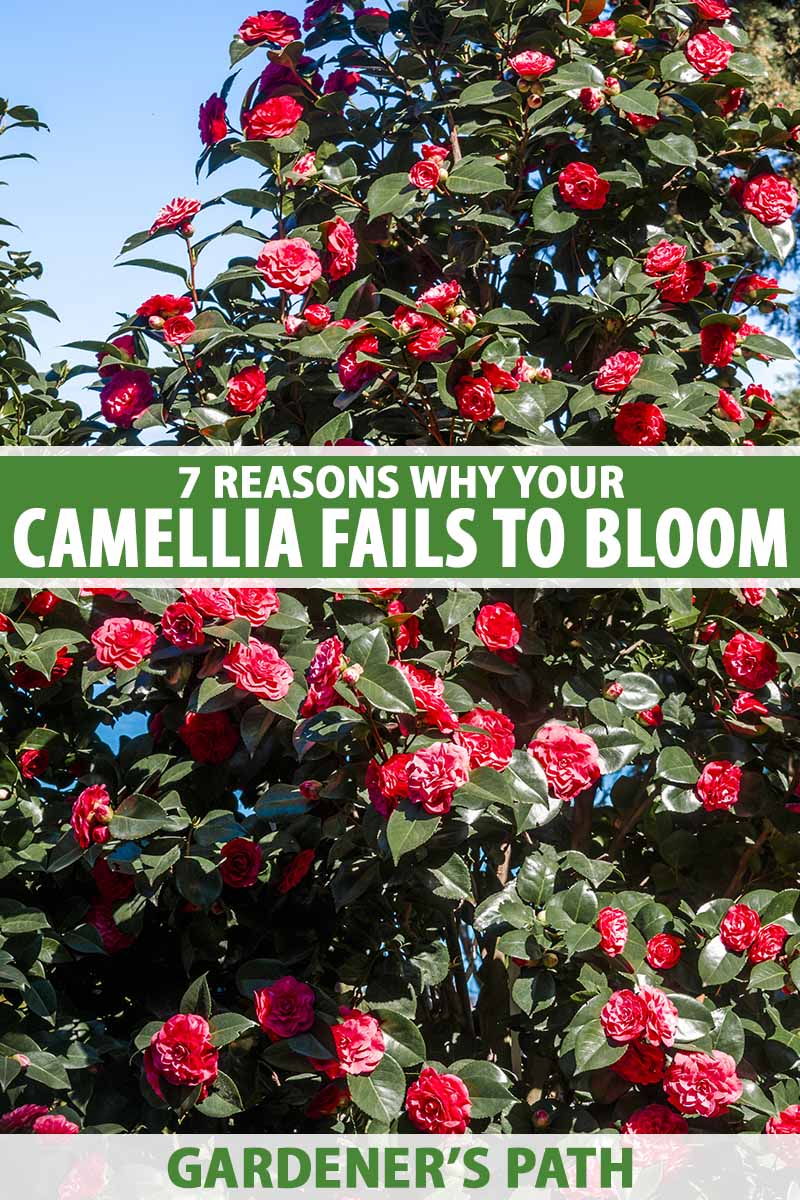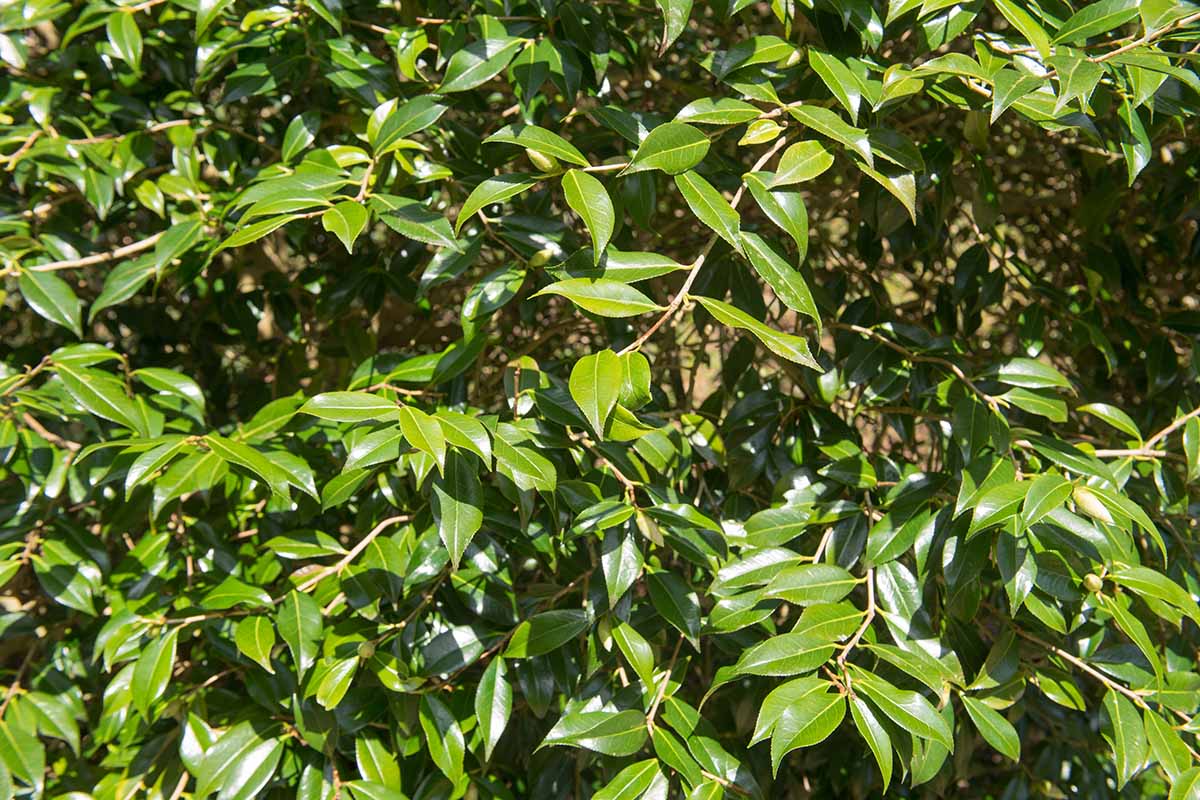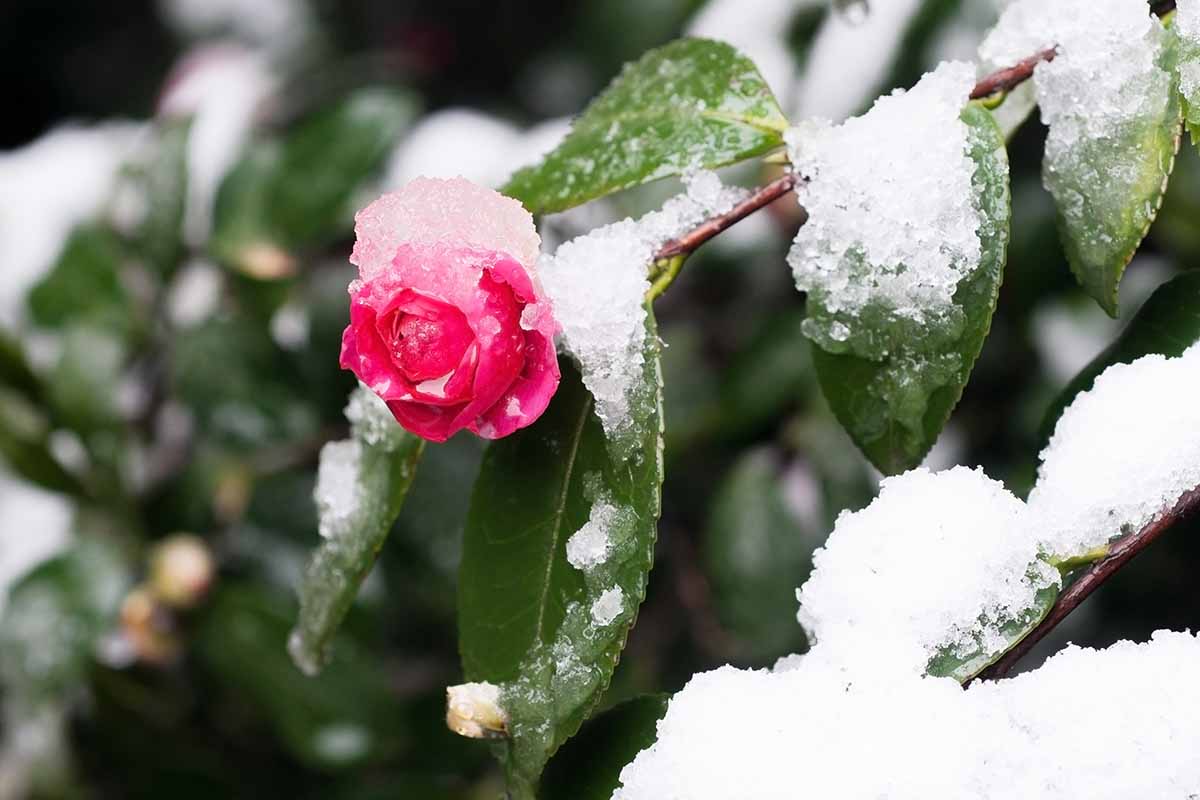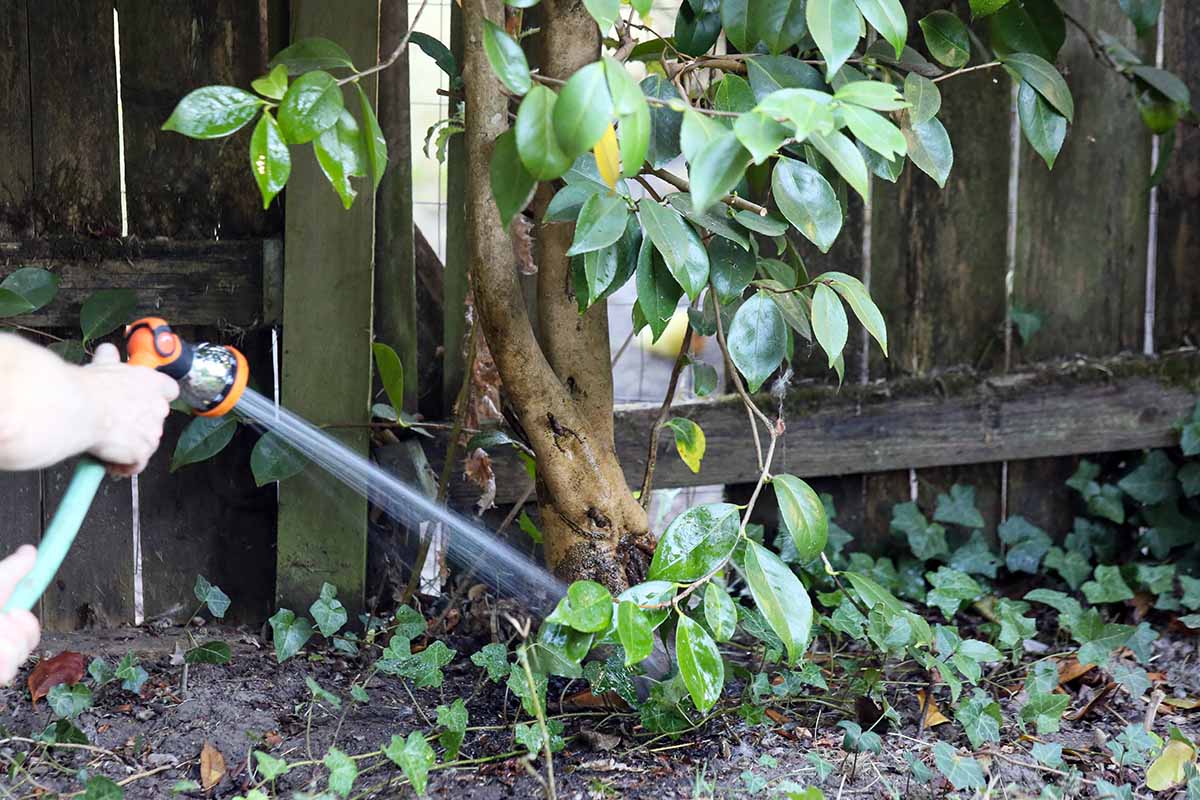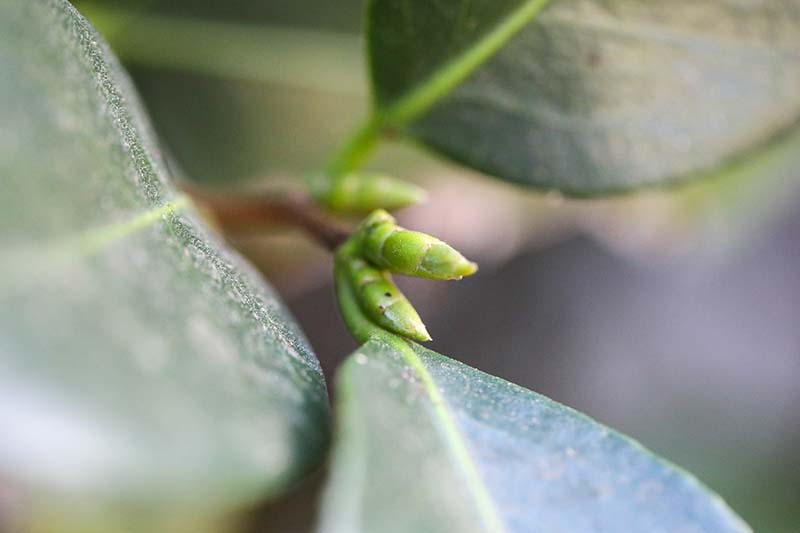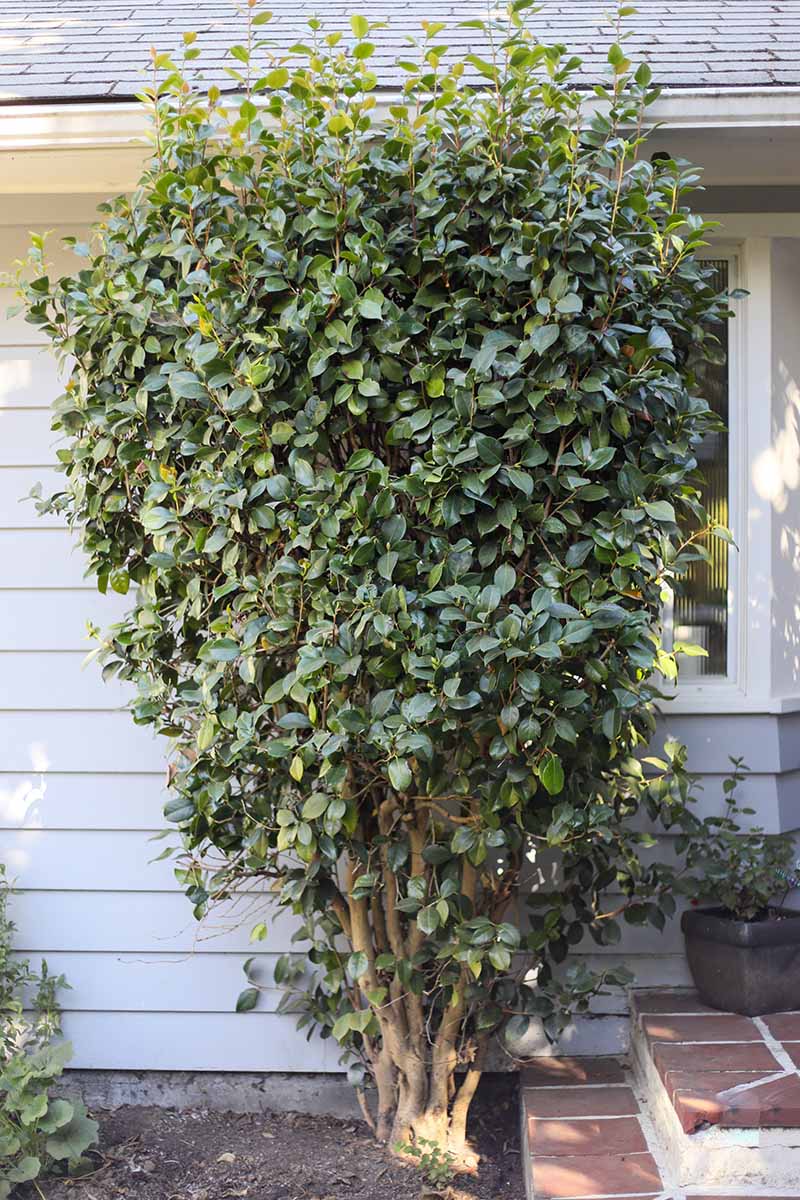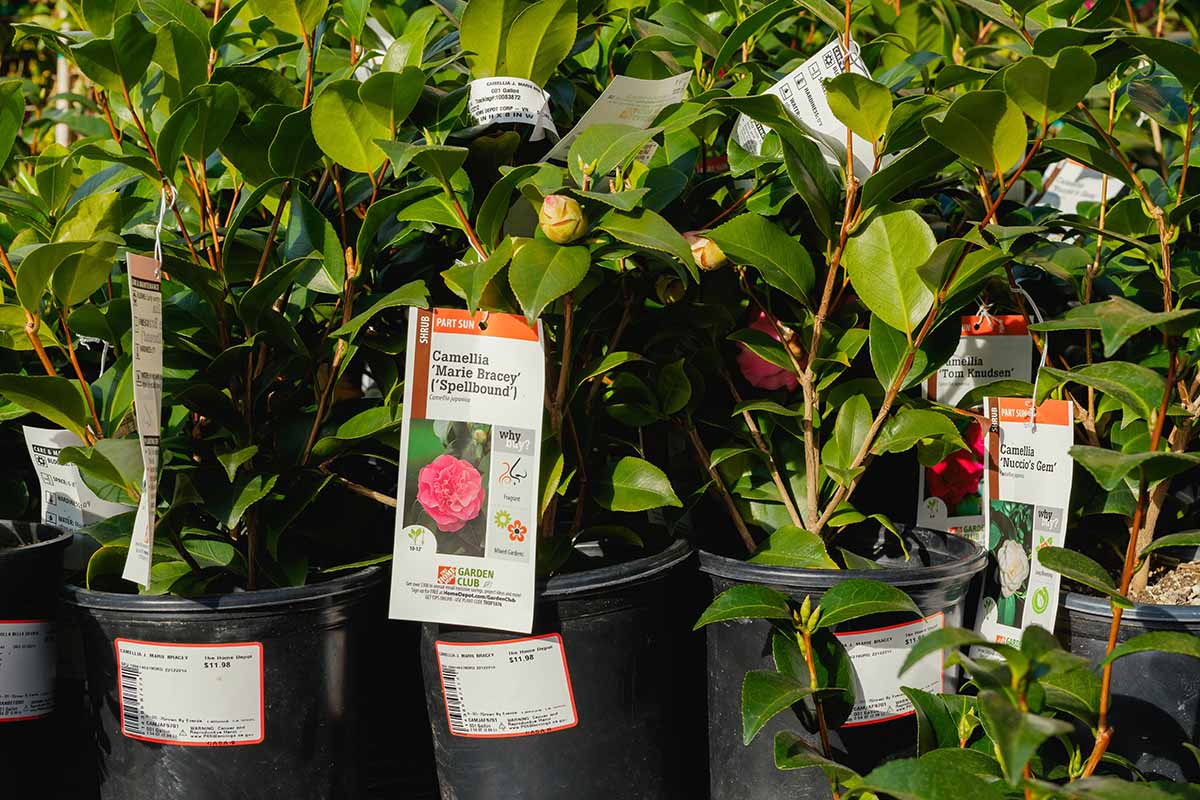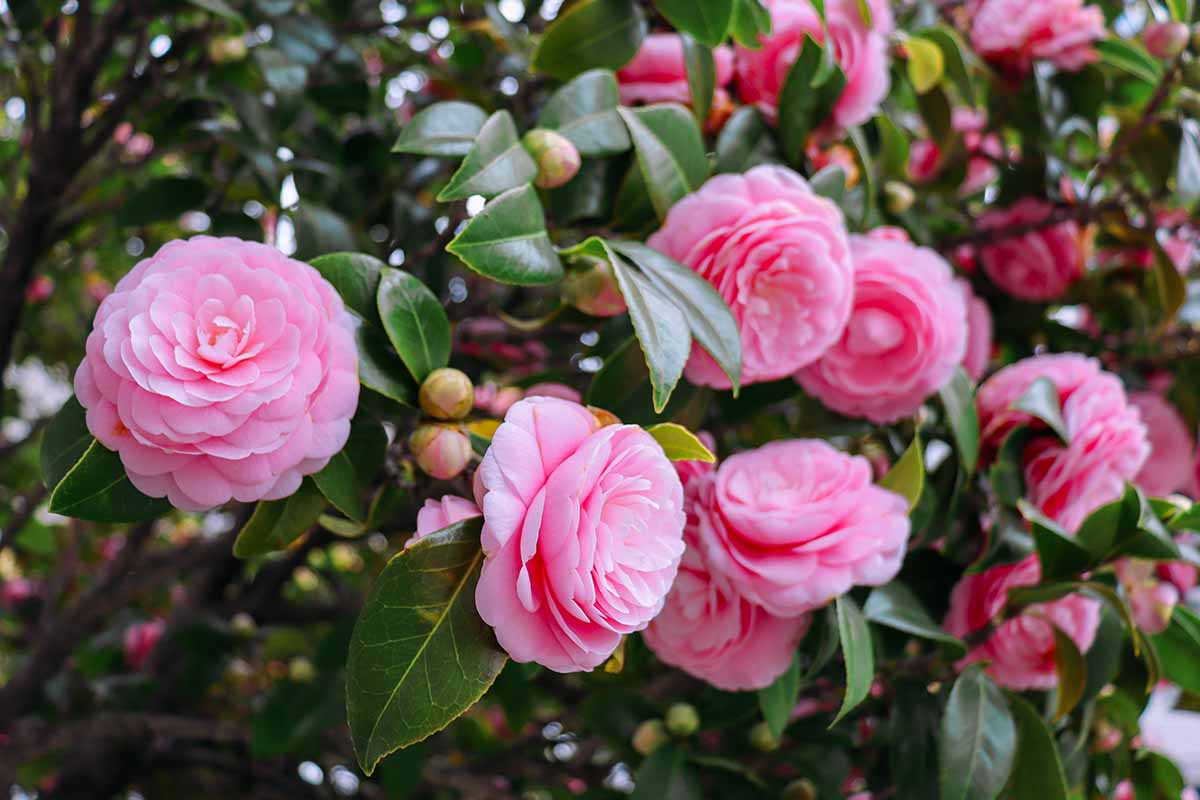They bring some much-needed color to a decidedly dull time of year. Unless your camellias aren’t blooming when they should be, that is. We link to vendors to help you find relevant products. If you buy from one of our links, we may earn a commission. There are many reasons why a plant might refuse to flower, including problems with soil nutrition or pH, watering issues, or too much shade. Coming right up, we’ll discuss all of these circumstances and more. Here’s what you can expect in this troubleshooting guide: Camellias are pretty resilient plants, and it takes a lot to make them unhappy. But when they’re mad, the blossoms are the first thing to go. Let’s fix that.
1. Alkaline Soil
These plants like things a little bit acidic, with a soil pH between 5.8 and 6.5. If your soil is more alkaline, this makes it difficult for the plant to take up nutrients, and when a plant doesn’t have the fuel it needs to thrive, the result is often a lack of flowers. If you notice chlorosis in the foliage, it’s even more likely that this is the problem. But before you start dumping products into your soil to make it more acidic, test it first.
2. Bud Blast
Camellias that are hit by a hard freeze at the wrong time might experience what is known as bud blast. You’ll need to follow the manufacturer’s directions closely, because over-application can harm your plants. Take care not to get any on the foliage, either. Hi-Yield Aluminum Sulfate To drop your soil pH by one full point, you need about a pound of aluminum sulfate for every 10 square feet of soil, though this can vary from product to product depending on the concentration. Work the aluminum sulfate in well but try not to disturb the plant’s roots. Don’t expect those flowers to come roaring back right away. They probably won’t appear until the following year. Speaking of, test your soil again the following spring to see if you need to work in more aluminum sulfate. Just as they’re beginning to open, a deep freeze comes along and the delicate buds are destroyed. When this happens, the plant drops the unformed blossoms that have frozen. So, if you had blossoms starting and now they’re gone, think about the kind of weather you’ve been having. Did you recently have an exceptional cold snap in your area? That could be the cause. There’s nothing you can do about this except wait for new flowers to open, which might happen soon or might not happen until next year. In the future, you can try covering your plants with a thick blanket when extreme cold weather strikes. Check out our guide to winterizing camellias for more info. Winter-blooming cultivars like ‘Autumn Spirit,’ ‘Bonanza,’ and ‘Yuletide’ are particularly susceptible to this problem.
3. Fertilizer Issues
I’ll say it again – test your soil. Whether your plants are experiencing blossoming issues or not, whether your garden looks happy or sad, whether things seem totally perfect or you suspect something’s amiss, test your soil. Regularly. Your soil is the basis for everything you put in the garden, the supportive substrate. If it isn’t in top shape, your plants won’t be either. Even if you opt to test it only one time to determine a baseline, rather than testing it annually or several times a year, you’ll have a better idea of what you’re working with than you might otherwise. Many gardeners overfeed plants one or two nutrients when we use a balanced fertilizer. The excess runs off into the water table with potentially disastrous effects on the environment, and it can inhibit the growth of beneficial fungi and bacteria in the soil. Overfeeding with nitrogen can also encourage plants to focus on rapidly producing foliage at the expense of everything else. Inhibiting mycorrhizal fungi paired with the overgrowth of foliage can cause blossoming problems. When the soil isn’t healthy, the plant can’t access the nutrients it needs. That can lead to sparse blooms, or none at all. So, again, test your soil before you start tossing fertilizer onto it at regular intervals! Once you receive your test results, you can begin feeding your plants with a targeted fertilizer that contains the things your soil lacks and doesn’t provide anything it doesn’t need more of. Or, instead of using a commercial fertilizer, feed your plants with lots of high-quality well-aged compost several times a year. Compost not only contains nutrients, but it helps to foster the growth of the healthy bacteria and fungi that make our plants happy.
4. Not Enough Water
A camellia that doesn’t receive enough water, particularly in the late summer when it’s ramping up its bud production, might drop developing buds or fail to bloom. While it’s always important to give your plants the water they need, it’s particularly necessary in the late summer when rain tends to come less often. Camellias really need consistent irrigation. The top two inches of the soil should be allowed to dry out before adding more water, but you don’t want it to become much drier than that. The right time to prune depends on when your camellias flower. Since most bloom in the late winter and early spring, you generally want to avoid pruning in the late summer, fall, or early winter. You can stick your finger in the soil and try to make an educated guess about what your plants might need, or you can purchase a soil moisture meter to help take the guesswork out of the equation. In the latter case, you want one that can reach nice and deep for these plants. Something like the 24-inch- or 36-inch-long meter from Reotemp is a smart idea. Reotemp Moisture Meter A thick layer of mulch added around the base of the shrub will also help the soil to retain moisture.
5. Pruning at the Wrong Time
While camellias are pretty tolerant of pruning, if you do it at the wrong time, you can remove the blossom buds that are developing. Basically, if you can see little flower buds forming at the end of the stems, don’t prune unless it’s absolutely necessary. If you do happen to prune at the wrong time, you’ll have to resign yourself to enjoying your camellias for the foliage and not the flowers this year. Next year, so long as you don’t prune at the wrong time again, they should bounce back.
6. Too Much Shade
Camellias planted in too much sun can be prone to sunscald, but too much shade and you’re looking at a whole different problem – namely, the growth will be thin and leggy and the plant won’t bloom. You might have placed the plant in the perfect spot to begin with, but over time, trees mature or maybe a neighbor builds a second level on their house. Areas that were once in full sun are now only receiving a few hours of sunlight each day. To figure out if this is the problem with your camellias, you’ll need to do a little detective work. Go outside in the morning and check to see if your plant is receiving any sun. Check each hour after that and note the light situation in your gardening journal. At the end of the day, add up how many hours the plant is receiving direct light in total. Anything less than four full hours and it’s unlikely your camellia will blossom. If you can, trim back neighboring shrubs or trees to try and give your shrub more access to light. You can also try transplanting the shrub somewhere else with better light exposure.
7. Young Plants
Any camellia that is under five years old can’t be expected to flower. It might, but you shouldn’t worry if it hasn’t. Many plants are sold while they’re in bloom, so if your camellia was flowering when you bought it, age isn’t the issue.
Bring Winter Color Back
Camellias have such beautiful flowers that even if they didn’t blossom when pretty much everything else is totally dormant, they’d still be glorious garden additions. But let’s be real. The fact that they add color to the landscape when everything else is dull and bland makes them extra spectacular – which is why it really sucks when they fail to bloom. Did this guide help you sort out your floral woes? What was the issue? Share your experiences in the comments section below! If you want to learn more about these fabulous plants, we have a few other guides to growing camellias that are definitely worth checking out, including:
How to Grow Camellias in Containers11 of the Most Beautiful Camellia Varieties to Grow at HomeWhy Are There Ants on My Camellia Flowers?
